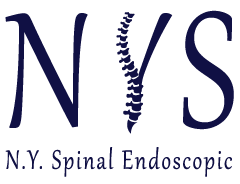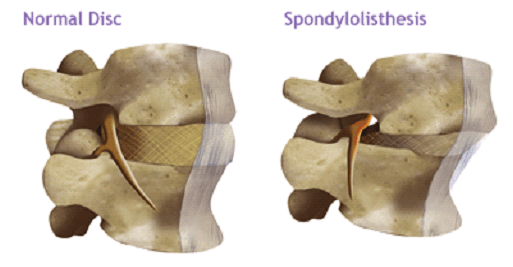The Causes Of Spondylolisthesis
Your spinal column is made up of vertebrae, which are held together by facet joints. These allow your spine to bend and twist with your movements. Spondylolisthesis occurs when the facet joints become weak, injured, or start to deteriorate with age. The vertebrae can then move out of place, though how far they move and the results will vary. Some of the causes of this condition include:
- A congenital defect in the facet joints
- Damaged joints from trauma or accident
- Overuse injuries
- Arthritis in the joint
- Injection in the joint
This spinal condition can affect all ages; in fact, it can affect young children and teenagers who are involved in sports such as football, gymnastics, or weightlifting where there is a high amount of impact on their joints. That impact can cause stress fractures. Older adults can develop the condition due to the wear and tear on their body over the years, leading to fractures. Finally, the condition can occur when the ligaments that connect and stabilize the vertebrae are damaged or weakened and allow the vertebrae to slip out of place.

